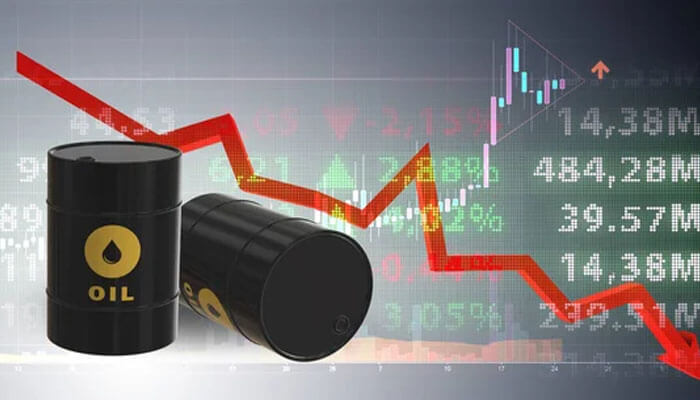As investors gained confidence that holiday travel in China will increase fuel consumption in the largest oil-importing country, oil prices ended the day higher on Monday, reversing losses.
U.S. West Texas Intermediate crude increased by 89 cents, or 1.1%, to conclude at $78.76 while Brent crude increased by $1.07, or 1.3%, to close at $82.73 per barrel.
Both contracts had their first weekly drops in five weeks last week as U.S. indicated petrol demand decreased from a year earlier.
The promise of fewer supplies due to OPEC+ supply cutbacks overshadowed support for oil prices, which saw a decline on Monday as worries about increasing interest rates, the state of the global economy, and the outlook for fuel demand exceeded it.
By 00:45 GMT, Brent crude had fallen 48 cents, or 0.6 percentage points, to $81.18 per barrel, while US West Texas Intermediate crude had fallen 48 cents, or 0.6 percentage points, to $77.39 per barrel.
Both contracts experienced their first weekly decline in five weeks last week as US indicated petrol demand declined from a year earlier, escalating concerns about a possible recession in the biggest oil consumer in the world.
Investors’ fears about growth and risk aversion were stoked by weak US economic data and underwhelming corporate profits from the tech sector, according to CMC Markets analyst Tina Teng. Commodity markets are also under pressure from rising bond yields and a stable US dollar, she continued.
When central banks gather in the first week of May, they are all anticipated to hike interest rates in an effort to combat persistently high inflation.
Chinese customs statistics showed on Friday that the world’s largest crude importer brought in record levels in March, despite the country’s sluggish economic recovery following COVID-19 clouding the picture for oil demand in China.
Top suppliers Saudi Arabia and Russia provided China with imports of more than 2 million barrels per day (bpd) apiece. However, Asia’s refining margins have shrunk as a result of China and India’s record-breaking production, which has reduced the region’s thirst for Middle Eastern supplies arriving in June.
However, analysts and traders continued to be optimistic about China’s recovery in fuel consumption in the second half of 2023 and the possibility of tighter markets as a result of extra production cutbacks proposed by OPEC+ (the Organisation of the Petroleum Exporting Countries and associated suppliers, including Russia) from May.
According to analysts at the National Australia Bank, “China’s oil demand recovery is anticipated to more than counteract the slowdown in OECD demand in the near term, while embargos and supply constraints add upside risk to prices,” with Brent potentially reaching $92 per barrel by the end of the second quarter. For the first time in four weeks, American energy companies this week installed oil and natural gas rigs, according to energy services company Baker Hughes Co.
We will keep you updated about the rate hikes.




